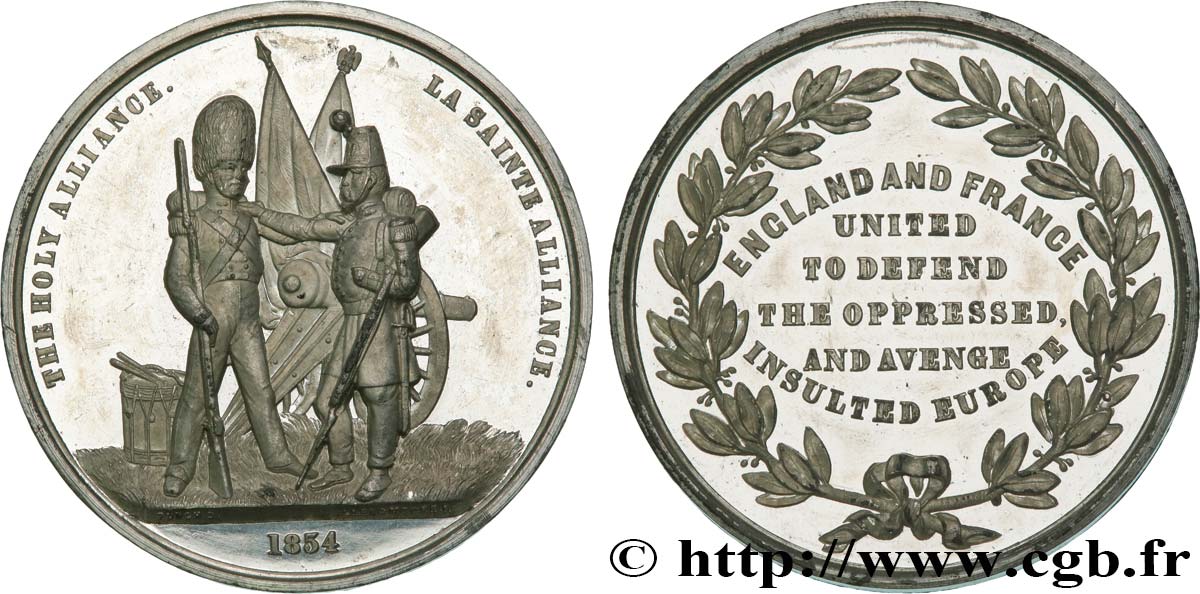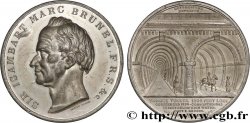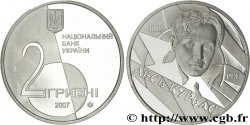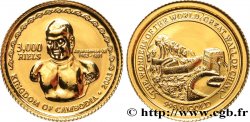You must signin and be an approved bidder to bid, LOGIN TO BID. Accounts are subject to approval and the approval process takes place within 48 hours. Do not wait until the day a sale closes to register. Clicking on "BID" constitutes acceptance of the terms of use of cgb.fr private live auctions.
Bids must be placed in whole Euro amounts only. The sale will start closing at the time stated on the item description; any bids received at the site after the closing time will not be executed. Transmission times may vary and bids could be rejected if you wait until the last second. For further information check the Live auction FAQ
All winning bids are subject to a 18% buyer’s fee.
All winning bids are subject to a 18% buyer’s fee.
Type : Médaille, la Sainte Alliance
Date: 1854
Metal : tin
Diameter : 44 mm
Orientation dies : 12 h.
Engraver PUNCH D. - ALLEN & MOORE F.
Weight : 25,38 g.
Edge : lisse
Puncheon : sans poinçon
Coments on the condition:
Très bel exemplaire présentant de beaux reliefs. Peu d’usure. Présence de traces de manipulation dans les champs
Obverse
Obverse legend : THE HOLY ALLIANCE. - LA SAINTE ALLIANCE // 1854.
Obverse description : Deux soldats français et anglais main sur l’épaule, sur un fond de canons, de drapeaux et de tambour.
Reverse
Reverse legend : ENGLAND AND FRANCE / UNITED / TO DEFEND / THE OPPRESSED / AND AVENGE / INSULTED EUROPE.
Reverse description : Légende en 6 lignes dans une couronne de lauriers.
Commentary
Revers avec la légende en anglais alors que les fme_370749 et fme_371672 étaient en français.
La Sainte-Alliance est formée le 26 septembre 1815 à Paris par trois monarchies européennes victorieuses de l'empire napoléonien héritier de la France révolutionnaire, dans le but de maintenir la paix dans un premier temps, puis de se protéger mutuellement d'éventuelles révolutions. Constituée dans un premier temps par l'Empire russe, l'Empire d'Autriche et le Royaume de Prusse, elle fut par la suite signée par un grand nombre de pays européens à l'exception du Royaume-Uni. Ce n'est qu'en 1818, après avoir mis fin à l'occupation étrangère, que la France y prend part. Elle fut dissoute de fait en 1825 à la mort de l'empereur Alexandre Ier, qui en était l'instigateur..
La Sainte-Alliance est formée le 26 septembre 1815 à Paris par trois monarchies européennes victorieuses de l'empire napoléonien héritier de la France révolutionnaire, dans le but de maintenir la paix dans un premier temps, puis de se protéger mutuellement d'éventuelles révolutions. Constituée dans un premier temps par l'Empire russe, l'Empire d'Autriche et le Royaume de Prusse, elle fut par la suite signée par un grand nombre de pays européens à l'exception du Royaume-Uni. Ce n'est qu'en 1818, après avoir mis fin à l'occupation étrangère, que la France y prend part. Elle fut dissoute de fait en 1825 à la mort de l'empereur Alexandre Ier, qui en était l'instigateur..








 Live starting :
Live starting :  Report a mistake
Report a mistake Print the page
Print the page Share my selection
Share my selection Ask a question
Ask a question Consign / sell
Consign / sell
 Full data
Full data














